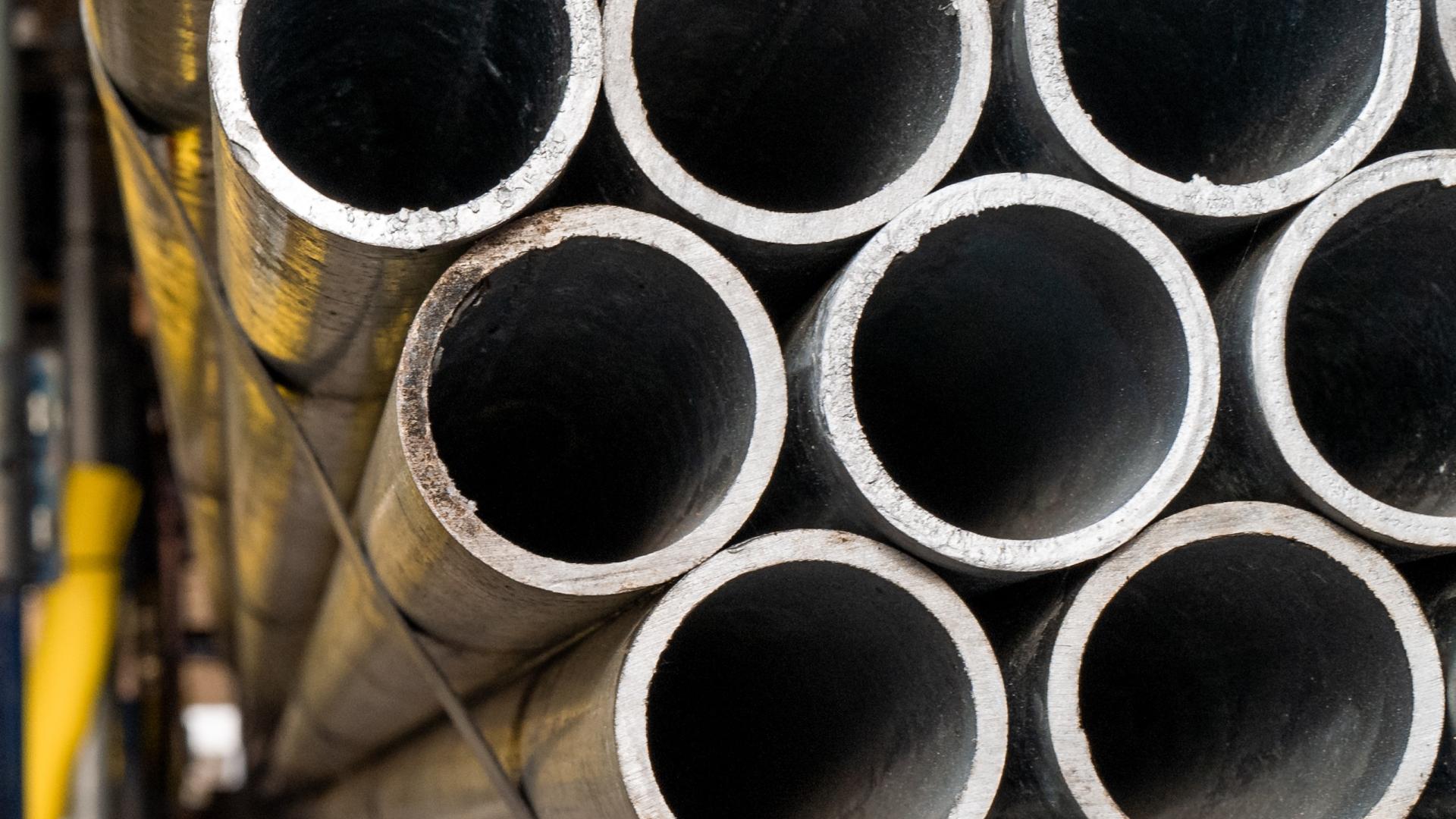This is the third in a series of articles developed by Woodgate & Clark, looking at the challenges and opportunities associated with achieving zero carbon in building.
The UK built environment is responsible for approximately 25% of total UK greenhouse gas emissions and the UK has a legally binding target to reach net zero by 2050. At COP26 the Government committed to achieving 68% reductions in carbon emissions by 2030.
The insurance industry has a role to play in helping to achieve these targets through the choice of materials used in building repairs.
This third article examines the low carbon materials becoming available in decorating and the value of plastic in construction.
Decorating
Decorating is required for most insurance repairs and while there has been significant progress shifting from solvent based paints to water based, there is more to be done.
The Volatile Organic Compounds (VOCs) in paints and varnishes Regulations came into effect in 2010 and the aim has been to enforce cuts in VOC emissions. Ozone is formed when nitrogen oxides, carbon monoxide and VOCs react in the atmosphere in the presence of sunlight.
It is almost impossible to establish the level of embodied carbon in paint but most water-based gloss paints are claimed to have at least 30% lower embodied carbon and contain 72% lower VOCs than solvent based paints.
Low-VOC paint means that the paint contains less than 50 grams per litre of volatile organic compounds. No-VOC or zero-VOC paint can still have some VOCs, but it must have less than 5 grams per litre.
Longer lasting paint means fewer costs and less painting during the lifetime of a building. This obviously means fewer emissions.
Most, if not all paint manufacturers promote specialist ranges of low or no VOC paints, all of which are water based. However, solvent based paints are still considered superior for exterior use due to their weathering resistance compared to water-based paints.
There are some paints that not only claim to have 90% less embodied carbon than trade paints but that they also absorb CO2. One example is Ecosphere that has been awarded the Cradle to Cradle Gold Certificate (https://c2ccertified.org/) and claims:
• Less than 0.1% VOC
• Zero micro plastics or petrochemicals
• Absorbs up to 3.3kg of Co2 per 10L
Plastics
Plastics are frequently criticised for everything from their toxicity to their contributions to ocean pollution, but they play an important role in reducing greenhouse gas emissions.
Being a versatile material, they are widely used in building and construction in fixings (wall plugs), to wall ties, pipes, windows, roofing and cladding panels, wiring insulation, waterproof membranes, flooring, decoration and of course, packaging.
Plastics are stronger, more durable and resistant to weathering than metal and generally, more economical. Plastics can insulate heat and sound and being lightweight are safer and easier to install.
Unlike metals, plastics can be reused and recycled many times, without losing their chemical properties.
As the world becomes increasingly aware of the environmental challenges posed by massive plastic consumption, the construction industry is reducing its reliance on single-use plastics and increasing its use of recycled plastics.
The most common plastics used in construction are polyvinyl chloride (PVC), high density polyethylene (HDPE), and expanded polystyrene (EPS).
Not all plastics are bad, and consumption within the industry looks set to increase, with plastic pipes, for example, already accounting for most new pipe installations. We have to take a wider view and sustainability experts are now saying that we should acknowledge that plastics in construction are often a positive thing. Many are highly durable, long lasting and permanently installed, so they’re unlikely to become marine litter.
What seems to be agreed is that the main challenge in the construction industry is how to efficiently segregate, reuse, and recycle plastic waste at the end of its life.
Unfortunately, building materials made from recycled plastics are not yet widely used in the construction industry currently but there are plenty of ideas and innovation. As technology develops for both the recycling and manufacturing processes, the use of recycled plastics will increase.
The Alliance for Sustainable Building Products (ASBP) says: “As the growth in the use of plastic products continues there are opportunities to increase their recycled content. This is already happening in some applications, for example, certain types of pipes can contain up to 40% recycled content; PVC for cabling can contain up to 50% recycled content and vinyl flooring up to 60%. There are a few plastic construction products, in fact, which can be made from 100% recycled plastic with some of this recyclate coming from our household waste stream”.
In these situations, the construction sector is acting as ‘sink’ for waste plastics, utilising recycled plastics as a raw material and helping to improve domestic waste recycling rates. This is much needed, as a lot of plastic waste is created in the UK with an estimated 3.4 million tonnes in 2017, a third of which is sent to landfill.
As yet, there is no specific focus on increasing the recycled content of plastics used in construction, but the above the drivers are bound to encourage this. The Government is also encouraging more recycled content, with a tax on the production and import of plastic packaging of £200/tonne with less than 30% recycled content.
The European Union, in their new Circular Economy Action plan, also are looking to introduce mandatory requirements for recycled content and waste reduction measures for packaging and construction materials.
Our fourth and final article on zero carbon in buildings will summarise all we have learnt to date.
For more information, please contact Nick Turner





